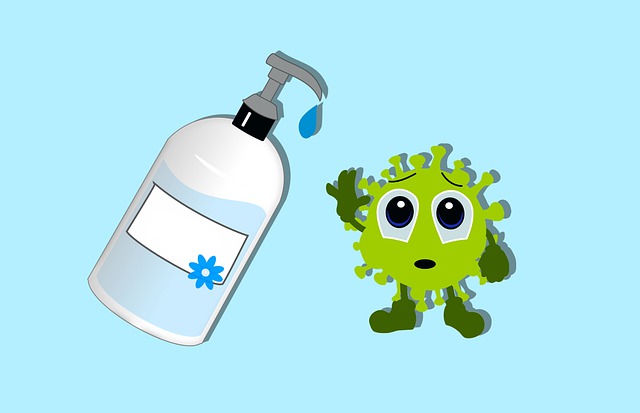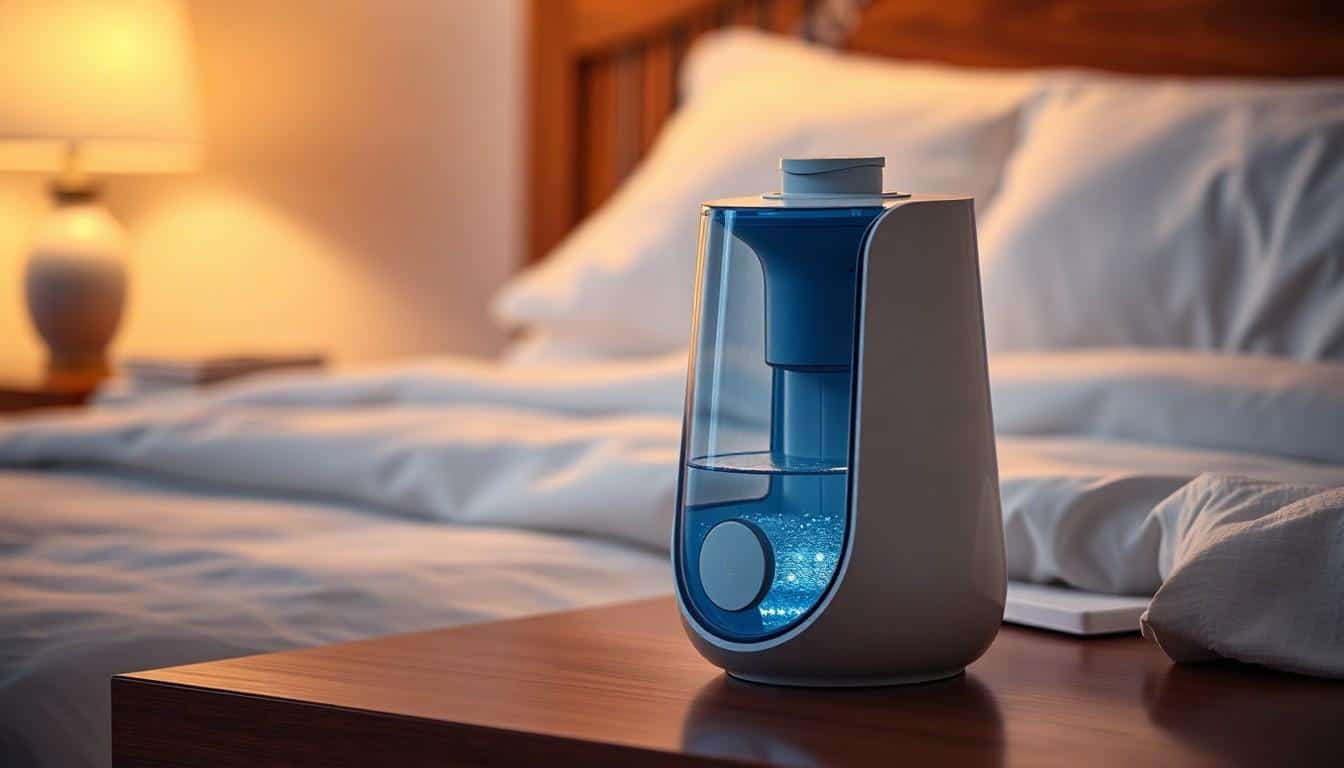Living with chronic sleep apnea is wearisome, though CPAP therapy could ease the burden. A CPAP machine relieves and calms you down, helping you fall asleep faster and deeper. These machines use humidifier tub, mask, air tubing, and other components to do their magic. Before cleaning CPAP with hydrogen peroxide, read this post.
The components will collect germs, dust, and bacteria if the CPAP machine is deprived of regular care and cleaning. Consistently cleaning the CPAP machine discourages these elements from accumulating, optimizing the CPAP therapy efficiency and preventing sicknesses. In cleaning CPAP machines, people are tempted to use hydrogen peroxide.
Everything About Cleaning CPAP with Hydrogen Peroxide
Creativity at home when trying DIY approaches has led many CPAP users to want to test hydrogen peroxide’s adeptness in cleaning CPAP machines. Trying out new things has never been taboo, but in this case, the results have always been regrets.
Hydrogen peroxide is a powerful agent used in sterilizing stainless steel and cuts, but it won’t do the same to your CPAP machine. Outside the household setting, this colorless liquid is used in laboratories and hospitals as a disinfectant solution, thanks to its incredibly potent oxidizing properties. Yeah, it’s a miracle chemical with hundreds of uses, but never use it to clean your CPAP.
Why Not Use Hydrogen Peroxide in Cleaning CPAP?
The Food and Drug Administration recognizes hydrogen peroxide as a GRAS product if used in low content. FDA warns against skin blistering, irritation, and burning associated with excessive use of the chemical. Active members of clickbait and online chatrooms have stressed the versatility of hydrogen peroxide, including its superior bleaching and cleaning properties.
The hydrogen peroxide available in stores today has extremely low content, ranging between 3% and 4%. Even at that negligible concentration, if hydrogen peroxide is inhaled, the effects could be massive. You may think that since the hydrogen peroxide content is low in products sold today, cleaning CPAP with hydrogen peroxide won’t be hazardous.
But as we said earlier, no matter how small, if inhaled, the effects could be unmanageable, and as you know, after cleaning your CPAP machine, not all hydrogen peroxide traces will be cleaned.
Can I Use Vinegar Instead?
Safety is the main reason hydrogen peroxide is a big no for cleaning CPAP, you want a safer and friendlier cleaning solution. We have many other powerful solutions, but we will first recommend what you already have in your house.
You’ve likely used vinegar in cleaning multiple surfaces and equipment around the house, but have you ever thought about its usefulness in cleaning a CPAP machine?
Vinegar is safe but won’t do the CPAP cleaning to satisfaction. Unless you do an extra thorough job, existing buildups will be left uncleaned. Achieve refined and more accurate results by making the vinegar-water concentration denser. Before you rub and wash the CPAP, ensure each component is soaked in the vinegar for approximately 30 minutes.
Once that time is over, rinse the cleaned items and let them dry. Never use the same vinegar-water solution. Always discard it soon after you’re done cleaning with it. Stay away from using clothing supplies such as filters and headgear with the solution.
Can I Use Soap and Water?
Yes. In fact, it’s highly recommended. As a surfactant, soap loosens the firm buildup of germs and dirt, both seen and unseen ones. Once they loosen up, rinsing with warm water will flush them out from the CPAP surfaces. And that makes soapy water the most useful ingredient to arm yourself with before setting out on the mission to clean and cleanse your CPAP machine.
Set your CPAP machine apart and keep each component from each other. Using warm soapy water, thoroughly wash each of them. When you are sure the grimes have loosened, rinse each of the components with clean water. Keep the cleaned components outside to dry out.
What Must You Never Do When Cleaning CPAP Machine?
In cleaning CPAP, some mistakes should be avoided. Don’t ever error in any of these ways:
- Never assume that mixing vinegar and hydrogen peroxide would lead to a cleaner machine. In fact, never nurse the idea of mixing these two chemicals. When mixed, they create peracetic acid, a chemical widely known to damage the lungs if inhaled and trigger eye and skin irritation.
- Avoid the use of harsh chemicals by all means. Harsh chemicals risk both your health and that of your machine. CPAP gurus champion the use of CPAP certified cleaning soaps, detergents, and devices as they deliver cleaner jobs with fewer cases of health issues.
- Avoid placing the CPAP’s humidifier in or besides distilled water. Distilled water will trigger the buildup of minerals on your CPAP machine, which increases the risk of sicknesses. You must never use CBD drops of essential oils as they usually contain harsh chemical additives that could break the CPAP components, causing air leaks and cracks.
- Be careful never to allow the dryer or washing machine to come into contact with the headgear. Allowing that to happen would end up stretching the headgear, which would lead to poor fitting.
- Avoid keeping the CPAP machine in a dishwasher as items like tubing and mask may not be dishwasher safer. Refer to the CPAP manual to understand which parts of the machine are dishwasher safe
Cleaning CPAP with Hydrogen Peroxide – Conclusion
The debate on whether hydrogen peroxide is a safe cleaner for CPAP machines has lasted long enough with some backing it. Sadly, there is no scientific or medical proof to ascertain this chemical’s efficiency and safety in cleaning CPAP machines. So, no matter how articles on the internet convince you to try it in cleaning your machine, stay away from it.
As you have seen above, the chemical could release toxins that could lead to skin irritation and even cause illnesses. If you’ve to use the chemical, confirm with your user manual first to know what it says about using certain chemicals in cleaning CPAP machines. You would also want to talk with the machine manufacturer to get their view on the same.



